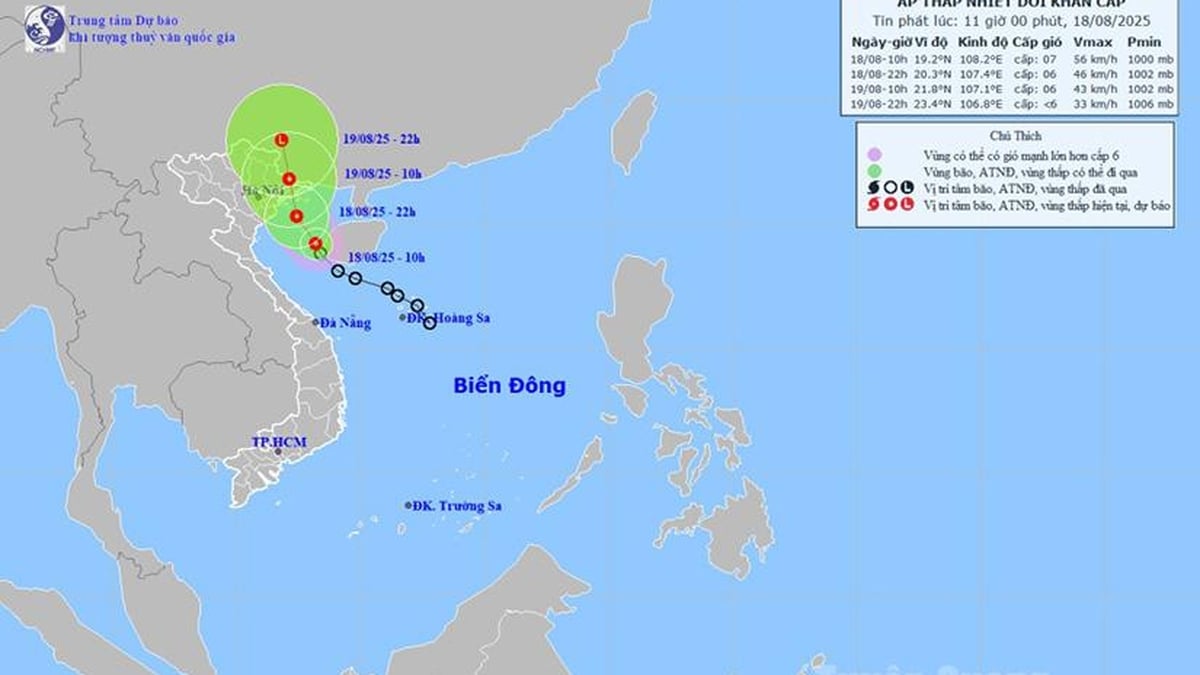At the end of the trading week from May 12 to May 17, the price of SJC gold bars was listed by large enterprises at 115.5-118.5 million VND/tael (buy - sell). The difference between the two buying and selling directions was 3 million VND/tael.
At the beginning of the week, the gold price was traded at 120-122 million VND/tael (buy - sell) and continuously decreased. At one point, the gold selling price recovered to 120.8 million VND/tael, but quickly slid back to the current price.
Thus, after a week of trading, the buying price of gold bars has decreased by 4.5 million VND and the selling price has decreased by 3.5 million VND.
This week's gold ring price is listed at 111-114 million VND/tael (buy - sell). The difference between the two buying and selling directions is 3 million VND/tael.

Gold prices may decrease next week (Photo: Tien Tuan).
Domestic gold prices fluctuated sharply in the last two sessions of the week, along with the developments of world gold prices. At the end of this week, the world spot gold price decreased by nearly 38 USD, down to 3,201 USD/ounce. The price at one point decreased to 3,155 USD/ounce, then recovered due to the news that Moody's downgraded the US credit rating due to the fiscal deficit and increased interest payments.
Overall, the world gold price still lost nearly 4% for the week, mainly due to the cooling of US-China trade tensions. On May 12, the world's two largest economies announced an agreement to sharply reduce import tariffs for 90 days. Non-tariff barriers may also be removed.
Last month, the price of the precious metal peaked at $3,500 an ounce as trade tensions escalated.
"The easing of US-China trade tensions has increased demand for risky assets. Gold investors are also taking profits, triggering a wave of asset selling throughout the past week," commented Jim Wyckoff, senior analyst at Kitco Metals. He said that next week will continue to be a week of gold's fluctuations.
Kitco’s weekly gold price survey showed overwhelming pessimism. Of the 16 Wall Street analysts, only 2 (12%) expected prices to rise, 10 (63%) expected prices to fall and 4 (25%) predicted sideways prices.
A survey of 294 individual investors showed similar results, with 42% expecting gold to continue to fall, 34% predicting an increase and 24% thinking prices would remain flat.
Adrian Day, chairman of Adrian Day Asset Management, said the gold slump is not over yet. "Gold prices could continue to fall for a few more weeks as the US adjusts tariffs. Then there will be a real buying opportunity," he said.
In contrast, Darin Newsom, senior analyst at trading house Barchart.com, offered a more optimistic technical view: "The market is still fundamentally bullish as there is more information about central banks continuing to buy gold. However, the media stories sometimes do not reflect reality."
Mark Leibovit, founder of the VR Metals/Resource Letter newsletter, said the precious metal's downside risk zone could be $2,900 an ounce.
Kevin Grady, president of financial services provider Phoenix Futures and Options, took a more cautious view. “I’m a little bearish next week,” he said. “If trade deals continue to be signed, gold could test $3,000 an ounce. I don’t believe the recent rally has been driven by central banks, it’s largely speculative.”
"After losing around 4% this week, gold's price action shows that buyers are running out of steam. The heavy selling from the $3,240/ounce area shows that the recovery is fragile," said Alex Kuptsikevich, senior analyst at trading house FxPro.
There won’t be much major U.S. economic data next week, aside from preliminary jobless claims, PMI and home sales. However, investors will be listening to a number of Federal Reserve officials, including Chairman Jerome Powell, to determine the next direction of monetary policy, a key factor for gold prices at the moment.
Source: https://dantri.com.vn/kinh-doanh/du-bao-gia-vang-sau-tuan-giam-manh-20250517221702977.htm





































































































Comment (0)